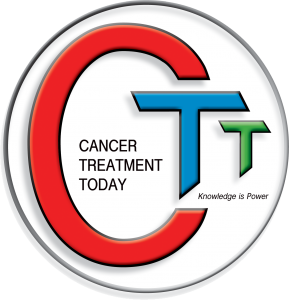RCHOP with Revlimid for DLBCL lymphoma – pro
The addition of Revlimid was based on the publication by Nowakowsku etal. IN his study, 60 patients were evaluable for response. The overall response rate was 98% (59 of 60) with 80% (48 of 60) achieving complete response. Event-free survival and overall survival (OS) rates at 24 months were 59% (95% CI, 48% to 74%) and 78% (95% CI, 68% to 90%), respectively. In R-CHOP patients, 24-month progression-free survival (PFS) and OS were 28% versus 64% (P < .001) and 46% versus 78% (P < .001) in non-GCB DLBCL versus GCB DLBCL, respectively. In contrast, there was no difference in 24-month PFS or OS for R2CHOP patients on the basis of non-GCB and GCB subtype (60% v 59% [P = .83] and 83% v 75% [P = .61] at 2 years, respectively).
There is no confirmatory study. Aa recent letter to the editor of JCO2 questioned the effectiveness of immunohistochemistry, which was the method used to identify subtypes in the phase II study. It also questioned the potential impact that possible errors in subtyping may have had on results.
The authors of the editorial suggested gene expression profiling might have produced more accurate results. The main author disagreed,
In conclusion, there is only one study to support adding ReEvlimid, and it had been criticized for its design. Clearly more studied are needed before this regimen can be considered medically necessary.
Toxicity was greater in the RCHOP Revlimid group a prrpesented in the Table 2 of Nowakowski’s paper.
Nowakowski GS, LaPlant B, Macon WR, et al. Lenalidomide combined with R-CHOP overcomes negative prognostic impact of non-germinal center B-cell phenotype in newly diagnosed diffuse large B-Cell lymphoma: a phase II study. J Clin Oncol. 2015;33(3):251-257.
Gleeson M, Hawkes EA, Cunningham D, et al. Caution in the use of immunohistochemistry for determination of cell of origin in diffuse large B-cell lymphoma [published online August 10, 2015]. J Clin Oncol. pii:JCO.2014.60.6731.
